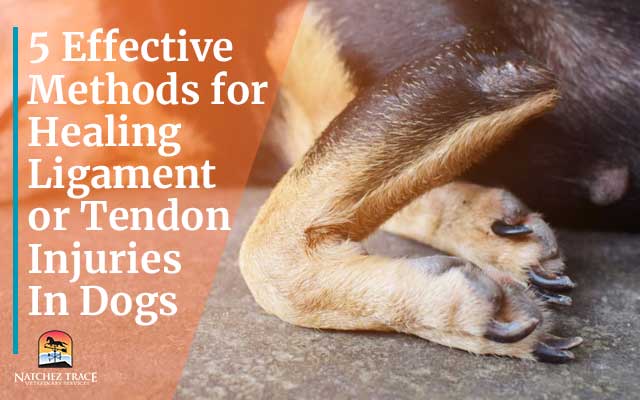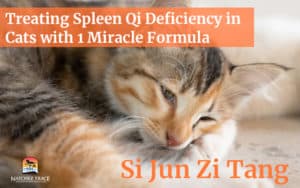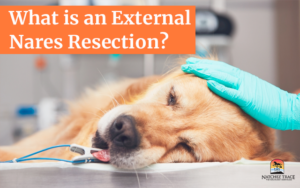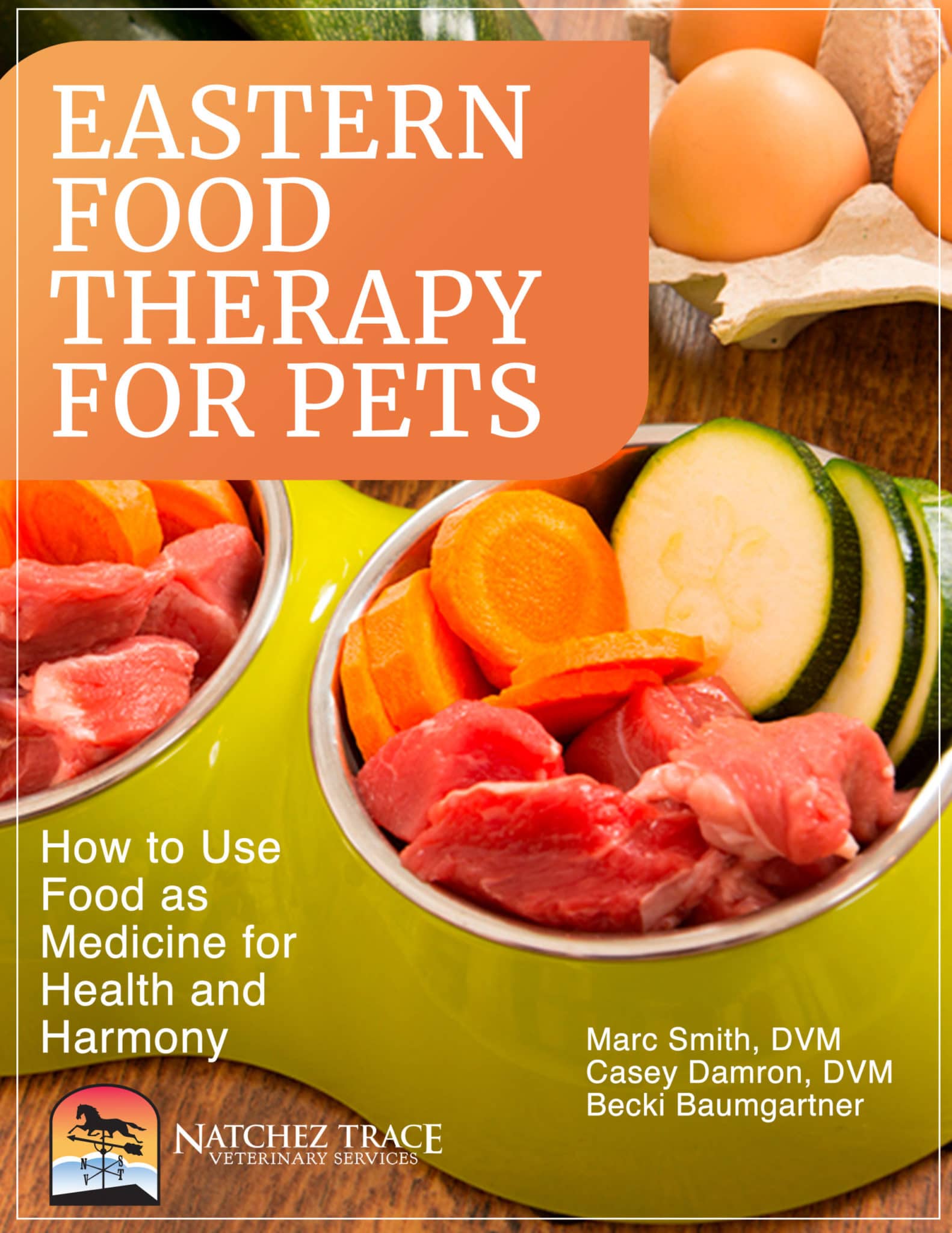Dogs commonly get ligament or tendon injuries that result in lameness. The number of animals participating in competitive events as well as the popularity of canine sports like agility and flyball have recently increased.
Tendons stretch further than they should when muscles and joints are overworked or trained. Hence, ligament or tendon injuries for working or racing dogs are more prevalent.
An increase in pressure between tendons, a reduction in blood flow, inflammation, and the possibility for bacterial infection are all consequences of ligament or tendon injuries.
There are a few possible methods to enhance the healing of such injuries.
1. Bioscaffolds
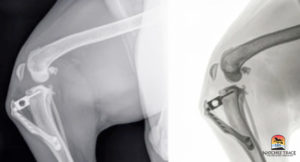 Autogenous, allogenous, and synthetic materials have all been employed as a bioscaffold to support and enhance repair.
Autogenous, allogenous, and synthetic materials have all been employed as a bioscaffold to support and enhance repair.
One option is applying a bone plate to the tendon repair; however, 8–10 weeks after the first operation, a second procedure is required to remove the plate.
2. Bioactive Factors
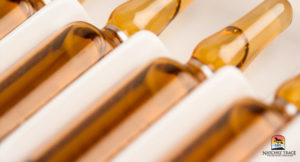 The majority of bioactive substances are difficult to come by in veterinary medicine and need a delivery method to maintain tissue levels of the substances.
The majority of bioactive substances are difficult to come by in veterinary medicine and need a delivery method to maintain tissue levels of the substances.
Still, it has been demonstrated to enhance the number of cells around a damaged tendon in the first three to seven days and boost the strength of the repaired tendon by 14 days following surgery.
3. Vascular Ingrowth
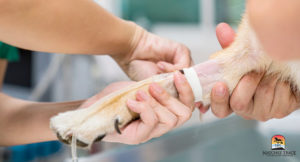 Providing an immediate blood supply to ligament or tendon injuries is one way to promote vascular ingrowth, speed up healing, and increase the durability of the repair.
Providing an immediate blood supply to ligament or tendon injuries is one way to promote vascular ingrowth, speed up healing, and increase the durability of the repair.
Dogs’ Achilles tendons have been repaired using one of these techniques. The muscle flap is moved to the Achilles tendon and stitched. Although the procedure’s preliminary outcomes are encouraging, more research is necessary.
4. Oral Medicine and Natural Supplements
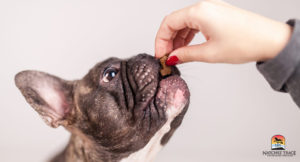 Veterinarians may simply advise rest and oral medication in mild cases of ligament or tendon injuries.
Veterinarians may simply advise rest and oral medication in mild cases of ligament or tendon injuries.
If the tendon has severe inflammation, your veterinarian may prescribe a long course of NSAIDs (non-steroidal anti-inflammatory drugs) and opium to help with the blood flow.
As for supplement use, Herbsmith Sound Tendon is a fantastic choice. Here are two reasons why this supplement can work for ligament or tendon injuries:
- It strengthens tendons and ligaments by nourishing the liver’s yin and blood. The liver regulates the tendons, ligaments, and fibrous tissue that make up the sinews. These structures must be strong enough to sustain the body while being flexible enough to bend and withstand the concussive pressures applied to them.
- The sinews grow brittle like a dried-out tree when the liver yin or liver blood becomes inadequate. The brittleness of the structures prevents the flexibility required for motion and can result in fiber rupture. To regain strength and resiliency, the herbs in Sound Tendon tonify the blood and liver yin.
Herbsmith Sound Tendon may be effective but it is still important to consult Dr. Smith beforehand.
Conclusion
 The biggest challenge most pet parents face is convincing their lively and spirited canine friends to take it easy for the many weeks it takes for the ligament or tendon injuries to recover.
The biggest challenge most pet parents face is convincing their lively and spirited canine friends to take it easy for the many weeks it takes for the ligament or tendon injuries to recover.
There is a chance of re-injury if it doesn’t totally heal.
Remember to follow Dr. Smith’s instructions and try your best to limit your pet’s activities, even if that involves cage rest, as chronic repetitive ligament injuries are more likely to require surgery over time.

